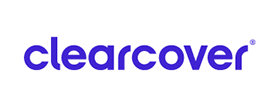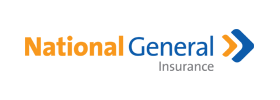Owning an RV is a dream for a lot of people in the Cypress, TX area. Those that are in this area and want to explore the rest of Texas and the country will find that owning an RV gives them a reliable mode of transportation that can also double as a place to sleep and relax at the end of the day. If you are going to get an RV here, you should also get an insurance policy for it.
Covers Your Asset and Investment
One reason that you should get RV insurance for your RV in Cypress is that it can cover your asset and investment. When you purchase an RV, you are going to be making a big investment that you will want to have pay off for years to come. When you get an RV insurance policy, you can receive coverage to protect both the RV and the personal belongings that you store within it.
Gives Liability Protection
Another reason that you should get RV insurance is that it will give you valuable liability protection. RV owners will have unique liability risks that can include risks of causing an accident when driving or having someone injured when visiting you when not on the road. With RV insurance, you will receive coverage for both of these risks.
It is clearly very important for anyone in the Cypress, TX area to get an RV insurance policy. If you are looking for a new policy here, you should reach out to InsureUS. At InsureUS, the team of dedicated insurance professionals will work very hard to ensure that they understand your risks and personal situation. Based on this, it can be easy for them to find a policy that will cover your needs and give you peace of mind.







































